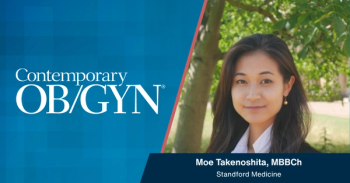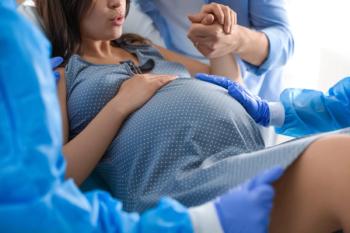
Breast Cancer
Breast cancer is the most common cancer among women. Most of us are aware of the statistic that one out of every eight women will develop breast cancer at some point in their lifetime. However, an important point about this statistic is that most of these cancers do not occur until after the age of 50.
Breast cancer is the most common cancer among women. Most of us are aware of the statistic that one out of every eight women will develop breast cancer at some point in their lifetime. However, an important point about this statistic is that most of these cancers do not occur until after the age of 50. The American Cancer Society estimates that for 1998, in the United States there will be over 178,000 new cases of breast cancer in women, with almost 44,000 deaths. Men can also be affected by breast cancer, but this is very rare and accounts for less than 1% of all cases.
While the exact cause of breast cancer is not known, we do know that genetics plays a large role. This is evident by the fact that a woman is at a 2 to 3 times greater risk than the general population if her mother or sister were previously affected by breast cancer. Other risk factors for breast cancer include increasing age, women who have never been pregnant, women who started their periods early in life, or those who started menopause late in life (the average age for menopause is 52). Other possible, though not proven risk factors include high-fat diets, alcohol use, hormonal medications, and obesity. Interestingly, it appears that women who breast feed can actually lower their risk of developing a future breast cancer.
It is important to address the issue of hormonal medications, especially estrogen replacement for the menopausal female. Many studies have shown that women who use this therapy are not at a higher risk for breast cancer. However, some studies report that there may be a slightly increased risk, especially for women who have used these hormones for over 10 years. More research is currently under way to further investigate this issue, but basically the final word is not yet known.
What we do know, is that women who use estrogen after the menopause are at a much lower risk for heart attacks, broken bones, and Alzheimer’s disease. Not to mention the fact that they have less hot flushes, night sweats, and vaginal dryness. For these reasons, most experts continue to recommend estrogen replacement to menopausal women. In fact, menopausal female physicians are themselves much more likely to use these hormones than will the general population. This fact should be reassuring, because we know that these women have done their homework.
The key to a good outcome with breast cancer is early detection and treatment. When a breast cancer is found early enough, there is an excellent chance for cure. It is for this reason that women over the age of 20 should be performing a breast self-examination every month. Any abnormalities such as lumps, dimpling of the skin, or nipple changes, should be reported to your physician.
Mammograms, which are basically just X-rays of the breasts, are another important part of early detection. The American College of Obstetricians and Gynecologists recommends that low-risk women have their first mammogram at the age of 40. Mammograms should then be done every two years until the age of 50, and then yearly after that. Your doctor will likely want to change this schedule if you have any of the risk factors previously mentioned.
References:
Bibliography
1. American Cancer Society. Cancer Facts and Figures 1998. Atlanta, Revised 7/17/98.
2. Practical Gynecologic Oncology, 2nd Edition, Berek, J.S. and Hacker, N.F., Williams & Wilkins, Baltimore, 1994.
3. Novak’s Gynecology, Twelfth Edition, Jonathan S. Berek, MD, Williams &Wilkins, Baltimore, 1996.
4. Carcinoma of the Breast, ACOG Technical Bulletin # 158, August 1991.
5. Deciphering the News about Breast Cancer Risks, Seltzer, V.L., Woman’s Health, October 6, 1997.
Newsletter
Get the latest clinical updates, case studies, and expert commentary in obstetric and gynecologic care. Sign up now to stay informed.
















